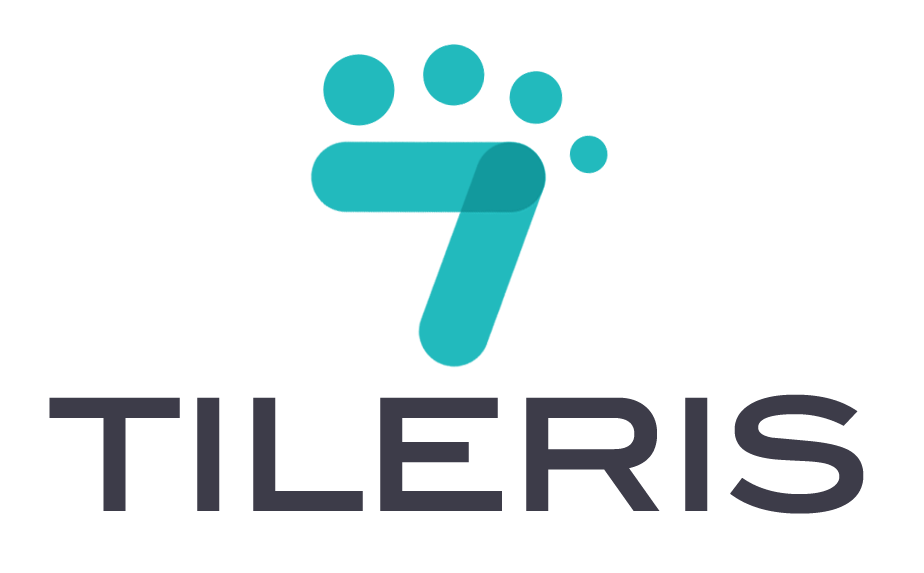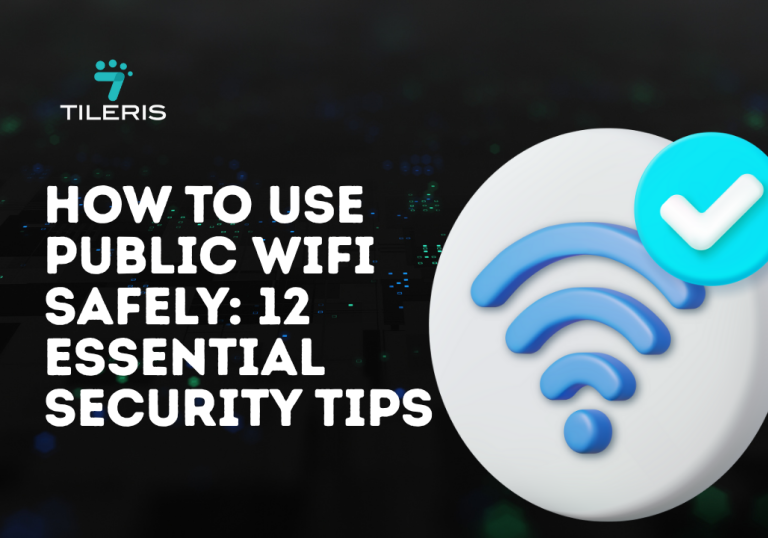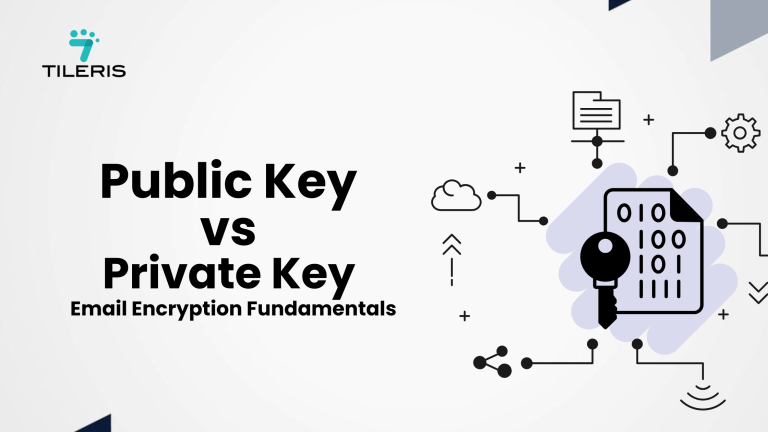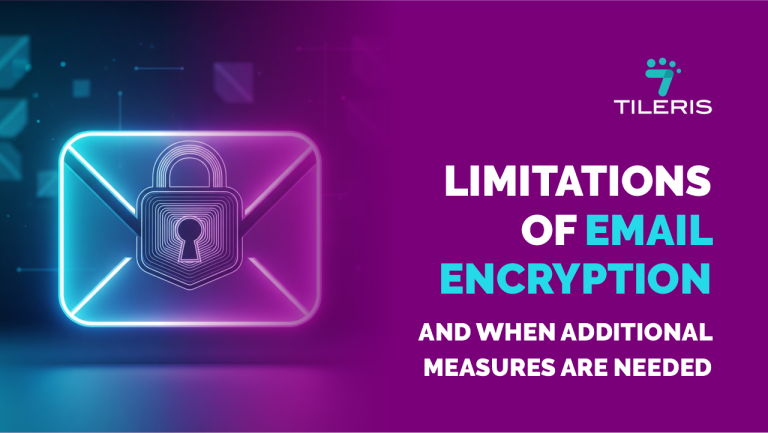Email Encryption History: From Military To Mainstream
Introduction
Imagine you’re a spy during wartime, sending vital messages. Every word needs to be a secret, hidden from enemy eyes. Now, fast forward to today. You’re sending a simple email: a sensitive financial report, a patient’s medical details, or even just family photos. You expect privacy. How did we get from elaborate wartime codes to easy, everyday encrypted emails? The history of email encryption is a gripping story of necessity, and a constant battle for privacy. Join us as we journey through the captivating history of email encryption. We’ll uncover key developments, meet the influential figures who shaped this field, and even peek into the future of secure email technology.
1. 1970s-1980s: Military Roots and Early Cryptography
Before email was even a twinkle in most people’s eyes, the need for secure digital communication was clear. This era laid the groundwork for the entire history of email encryption. The focus was on protecting highly sensitive government and military data.
Key Development
One of the biggest breakthroughs was the Data Encryption Standard (DES). IBM cryptographers developed it in the early 1970s. The U.S. government then adopted it as a federal standard in 1977. This marked a huge step. DES was the first widely used digital encryption algorithm. It showed that computers could handle complex encryption tasks. This was crucial for the future history of email encryption.
Influential Figures
The brilliance behind DES came from a team at IBM. They designed the algorithm that would become a cornerstone. The National Security Agency (NSA) also played a significant, if controversial, role. They helped shape DES, sometimes suggesting changes that raised questions about potential backdoors. Their involvement highlights the military and intelligence focus of early encryption efforts. These foundational steps shaped the email encryption evolution timeline.
Think of this era as creating the very first locks for doors. Before DES, your information was pretty much out in the open. DES gave us a strong, standardized way to scramble data. It made digital communication much safer. This was the start of the history of email encryption moving beyond simple codes. It was about creating digital security systems.
Though DES is considered insecure by today’s standards (it’s easily breakable with modern computers), it was revolutionary. It proved that strong, standardized encryption was possible. It paved the way for all future algorithms. Every modern encryption method owes something to DES. This early step on the evolution of secure email technology was essential.
2. 1990s: PGP Revolution and Public Access
The 1990s brought a seismic shift in the history of email encryption. It moved from government labs to the hands of ordinary people. This was largely thanks to one determined individual.
Key Development
In 1991, Phil Zimmermann released Pretty Good Privacy (PGP). His goal was simple: to make strong encryption available to everyone. He wanted to give ordinary citizens the power to communicate privately. PGP allowed people to encrypt and digitally sign emails easily. It was free and accessible. This move sparked major debates. It challenged government control over encryption technology. It became a landmark in the history of email encryption.
Influential Figures
Phil Zimmermann faced intense pressure. The U.S. government even launched a criminal investigation against him. They considered PGP a “munition” because of its strong encryption. Despite legal battles, Zimmermann fought for privacy rights. His unwavering commitment made PGP a global phenomenon. He is undoubtedly one of the most influential figures in the history of email encryption. His vision shaped the email encryption evolution timeline.
Imagine if, overnight, everyone got their own personal code-making machine. That’s what PGP felt like. Before PGP, complex encryption was for experts. PGP made it simple. You could encrypt your emails without needing a special degree. It truly empowered individuals to protect their messages. This was a radical step in the history of email encryption.
PGP’s legacy is immense. It popularized the concept of public-key cryptography for email. It inspired many open-source encryption projects. Even today, PGP (and its open-source version, GnuPG) is widely used for secure email. It showed the world that strong, end-to-end encryption was possible and necessary for personal privacy. This was a giant leap forward on the email encryption evolution timeline.
3. 2000s: Corporate Adoption and S/MIME Standards
As the internet grew, so did the need for business email security. The 2000s saw a shift. Email encryption moved from a niche interest to a corporate necessity. This period solidified the mainstream role in the history of email encryption.
Key Development
The new millennium brought new standards. S/MIME (Secure/Multipurpose Internet Mail Extensions) emerged as a key technology. It gained widespread support in corporate environments. Unlike PGP, which was more grassroots, S/MIME was often integrated into commercial email software. It relied on a system of trusted Certificate Authorities (CAs). These CAs verify identities. This made S/MIME ideal for businesses needing verifiable trust. It significantly advanced the history of email encryption.
Influential Figures
Companies like RSA Security were at the forefront. They developed much of the technology behind digital certificates and public-key cryptography. Their innovations helped S/MIME become a standard. Businesses needed reliable ways to secure sensitive communications. RSA and other security companies provided the tools and standards. They were crucial in shaping the email encryption evolution timeline for enterprise use.
Think of it like businesses finally installing robust security systems for their offices. Before S/MIME, much business email was like leaving your office door unlocked. S/MIME allowed companies to implement encryption across their networks. It provided digital locks and verified identities. This made business communications much safer. It was a key moment in the history of email encryption.
S/MIME remains a widely used standard in corporate, government, and healthcare sectors. It provides a formal, auditable way to secure email. Its reliance on Certificate Authorities helps build a chain of trust. This makes it crucial for regulatory compliance. S/MIME’s adoption was a major step in the email encryption evolution timeline. It cemented encryption’s role in the professional world.
4. 2010s: Consumer Awareness and Snowden Impact
The 2010s brought a dramatic shift in public perception. Email encryption moved from an optional extra to a perceived human right. This was largely driven by shocking revelations. This decade changed the history of email encryption forever.
Key Development
In 2013, Edward Snowden leaked classified documents. These documents revealed widespread government surveillance programs. This included massive collection of digital communications. The public was stunned. Suddenly, the abstract idea of “privacy” became very real. People realized their emails were not as private as they thought. This sparked a huge demand for encryption. Companies began to offer more secure options. This was a pivotal moment in the history of email encryption.
Influential Figures
Edward Snowden became a controversial but undeniably influential figure. His leaks ignited a global debate on privacy, surveillance, and digital rights. Alongside him, countless privacy advocates, non-profit organizations, and secure software developers pushed for stronger encryption. They educated the public. They campaigned for privacy-by-default in technology.
Imagine living in a house where your windows were always open to public view. Then you learn that everyone can look in. Suddenly, you’d want privacy curtains for your windows! That’s what happened with email encryption. People wanted to encrypt their communications. They demanded tools that would protect their personal information. This fueled a massive surge in encryption awareness and adoption. This marked a turning point in the history of email encryption towards mass consumer use.
The Snowden revelations led to a surge in end-to-end encryption in popular messaging apps. Companies like Apple and Google began integrating stronger encryption into their services. Privacy became a major selling point. This decade transformed how people view digital security. It made encryption a mainstream expectation, a clear mark on the email encryption evolution timeline.
5. 2020s-Future: AI Integration and Quantum Threats
We are now living in a new era of email encryption. The 2020s are defined by rapid technological advancements and emerging threats. The future of the history of email encryption promises both challenges and exciting solutions.
Today, we see two major trends shaping email encryption. First, Artificial Intelligence (AI) and Machine Learning (ML) are being used to optimize security. AI can detect unusual email patterns. It can identify phishing attempts before they reach your inbox. It can also help manage complex encryption keys more efficiently. Second, the world is preparing for quantum computing. These super-powerful computers could potentially break current encryption methods. So, cryptographers are developing post-quantum cryptography (PQC). These are new algorithms designed to resist quantum attacks. They will be crucial for the next phase in the email encryption evolution timeline.
In the near future, expect widespread adoption of PQC. Your email encryption will automatically use these new, quantum-safe algorithms. This will happen without you even noticing. Security will become even more seamless. We might see a future where every email is encrypted by default, effortlessly. AI could also play a larger role in personalized security. It could adapt encryption levels based on content and recipient. The history of email encryption is still being written, and it promises to be thrilling.
Think of current encryption as strong locks. Quantum computers are like future super-tools that could pick those locks. So, we’re building new, “quantum-resistant” locks right now. These new locks will keep your digital secrets safe even from future threats. This ongoing work is vital for the continued security of email. It ensures the email encryption evolution timeline keeps pace with technological progress.
The race to develop and deploy post-quantum cryptography is on. This proactive approach ensures that our digital communications remain secure for decades to come. AI integration will make email security smarter and more user-friendly. The future of email encryption aims for invisible, unbreakable protection.
Conclusion
The history of email encryption is a testament to human ingenuity and our enduring desire for privacy. From the military labs of the 1970s and the radical privacy movement of PGP, through corporate adoption and the seismic shifts of the 2010s, encryption has come a long way. This rich email encryption evolution timeline shows how vital security has become.
Today, email encryption is not just for spies or tech gurus. It’s a fundamental layer of protection for businesses and individuals alike. As we look to the future, with AI integration and the advent of quantum-resistant algorithms, the history of email encryption continues to evolve. Staying informed about this timeline helps us appreciate the security we often take for granted. Remember, your digital conversations deserve the same protection as your most confidential secrets.
Ready to put the lessons from the history of email encryption into practice? Don’t leave your emails vulnerable. Take control of your digital privacy today using our secure AI agents. Download our FREE Email Security Checklist now!







